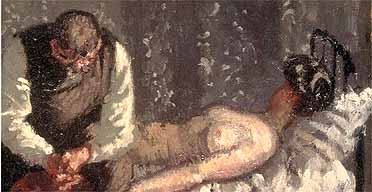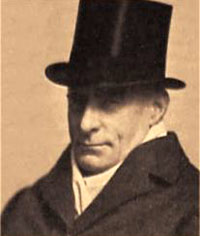
Are there any life lessons for the rest of us from the career, and legacy, of Steve Jobs?
The death of the Apple (US:AAPL) co-founder has dominated the news from Cupertino, Calif. to Kuala Lumpur. Many are focusing on the way his products and services changed our world. Others are talking about Jobs, the man.
But this was the most successful business leader of his era, and one of the greats. Few have achieved so much, so quickly, and so publicly. It got me thinking: What are the lessons we can all take away? What do his extraordinary achievements tell the rest of us?
Here are 12 lessons from the life of Jobs:
1. Yes, you can make a differenceAnyone trying to achieve real change — in life, in a company or in any organization — probably feels the urge to give up half a dozen times a day. The naysayers and seat polishers will do everything to slow you down. No one is suggesting that what Apple achieved was the result of Jobs alone, but his career is proof of just how much one individual can change things.
2. You need a vision
It’s not enough to conduct opinion polls and customer surveys, and rely on consultants’ projections. Those are all based on the conventional wisdom and the world as it is today. Jobs imagined things — most obviously the iPod, and the iTunes services — that didn’t yet exist and for which the market was uncertain. While his competitors were still building the products of yesterday, he was imagining, and building, those of tomorrow.
3. It’s not about youIt’s horrifying how many business decisions are still made on the assumption that “well, we have to do something with the XYZ division, so let’s give them this project” or “Buggins has seniority, so he’s in charge.” Do you think the customer cares about Buggins or XYZ? Jobs built Apple into a streamlined operation, focused on the output, nothing else.
4. Focus, focus, focusHard to believe, but mediocre managers everywhere like to keep their staff “busy” because they think that’s “productive.” It isn’t. (Ask them what their top priority is, and they’ll name two things. Or four. Or 16.) Apple sure was “busy, busy, busy” when Jobs arrived. And it was going bust. One of the first things he did was ax about 90% of the company’s activities and focus — first on the iMac, then on the iPod.
5. ‘OK’ is not OKLook at the way Apple’s competitors keep putting out mediocre or unfinished products and thinking they’ll get away with it. Are they for real? The days when you could get by with second best are so over. Jobs was famous for a fanatical perfectionism. It was a core element of Apple’s success.
6. It’s not about the money Steve Jobs’s life was a thumping rebuttal to all those who are obsessed with cash. The guy had billions: far more than he could ever spend, even if he had lived to 100. Yet he kept working, and striving to achieve greater things. Money? Bah. Something to think about the next time a CEO demands another $20 million a year as an incentive to show up.7. It ain’t over till it’s over
Fifteen years ago Steve Jobs appeared to be a has-been in Silicon Valley. And Apple was circling the drain: plagued with losses, executive turnover, reorganizations, desperate asset sales and research cuts. Apple’s stock hit a low of $3.23 in 1996, and hardly anyone wanted it even at that price.
8. Give people what they really wantSounds obvious, right? But most companies don’t do it. They simply produce what they’ve always produced, or what’s comfortable, or what Buggins thinks people want. For years the computer industry churned out ugly, clunky beige products with complicated operating systems. They all did it, and they all assumed that’s what people wanted. Turns out it wasn’t at all.
9. Destroy your own products — before someone else doesJobs made sure that Apple kept innovating, and rendering its own products obsolete. Creative destruction came from within! That’s why Apple is a $354 billion company, and, say, Palm has vanished from Earth, even though a 2004 iPod is just as out of date as a 2004 Treo. How rare is this? Jobs knew full well that his $500 iPad threatens to cannibalize sales of $1,000 laptops. But he moved forward nonetheless. Most companies wouldn’t.
10. We are all spin doctors now
Critics point out that a lot of what Jobs achieved at Apple was put down to hype and hustle. But that was the point. And Jobs was a master at it — the product teasers, the showmanship on stage, even the black turtlenecks. Truth be told, we live in a superficial age of infinite media. We are all in the spin business. Deal with it.
11. Most people don’t know what they’re doingIt takes nothing away from Steve Jobs to point out that he couldn’t have done it without his competitors. Microsoft, Palm, Nokia, Dell, H-P — the list goes on. They missed opportunities, stayed complacent, failed to innovate and generally mishandled the ways their industries changed. It’s normal to assume that the people around us — and in power — know what they are doing. As Jobs proved, they often don’t.
12. Your time is precious — don’t waste itSteve Jobs was just 56 when he died — a comparatively young man — and yet during his short spell on Earth he revolutionized the way we live, several times over. What are we doing with our time? It is the resource we waste the most — and it’s the one we cannot buy. Make the most of your short spell on this planet. Make each day and hour count.







